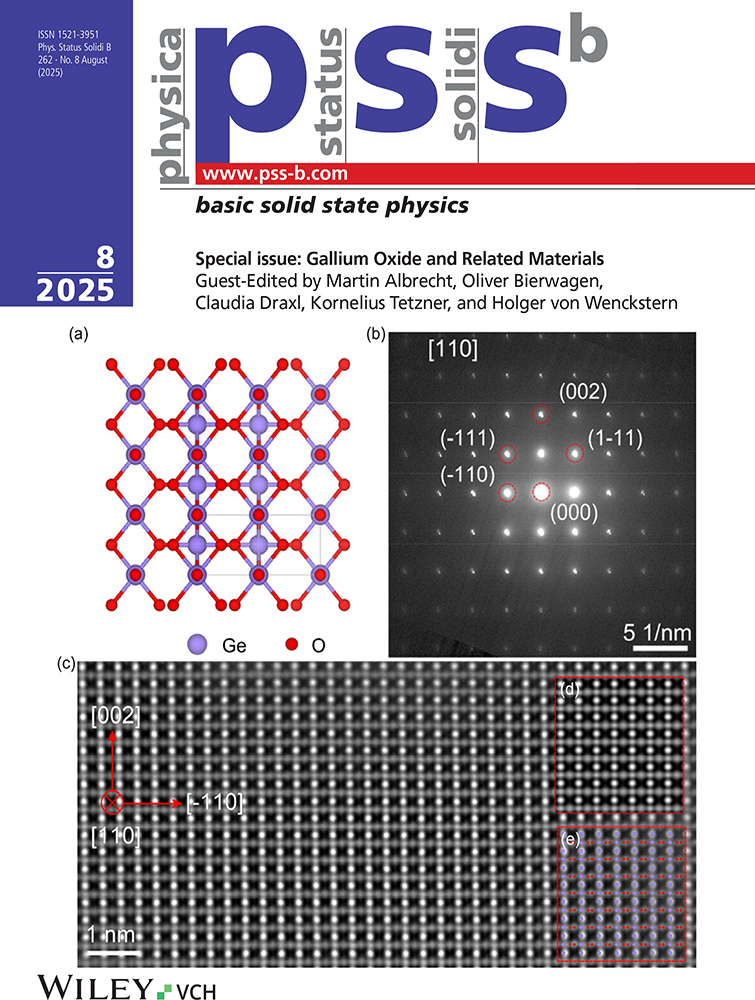Calculation of Diffraction Effects Due to Double Positioning in (111) Gold Bicrystals
Cambridge, MA 02139, USA.
Abstract
enThe diffraction effects from doubly positioned [111] twist boundaries are calculated using an embedded atom model for gold. It is found that the kinematical scattering from any two boundaries related by double positioning is always superimposed. However, in a limited misorientation range near 30°, the superimposed intensities in the boundary plane are equal and can therefore be separated. Consequently, the projected atomic structure of each doubly positioned boundary can be determined by X-ray diffraction. It is found that the displacement field of [111] twist boundaries is generally characterized by rotational-like displacements centered around ‘O’ lattice elements. Since these displacements are largest for near-Σ1 and near-Σ3 orientations, these boundaries have the largest scattering power per unit area.
Abstract
deMit einem Einbau-Atommodell für Gold werden die Beugungseinflüsse von Doppellagen-[111]-Drehgrenzen berechnet. Es wird gefunden, daß die kinematische Streuung von zwei beliebigen Grenzen, die durch Doppellagen verbunden sind, immer überlagert ist. Jedoch sind in einem begrenzten Fehlorientierungsbereich in der Nähe von 30° die überlagerten Intensitäten in der Grenzebene gleich und können deshalb separiert werden. Folglich läßt sich die projizierte Atomstruktur jeder Doppellagengrenze mittels Röntgenstreuung bestimmen. Es wird gefunden, daß das Verschiebungsfeld von [111]-Drehgrenzen allgemein durch rotationsähnliche Verschiebungen um “O”-Gitterelemente charakterisiert ist. Da diese Verschiebungen für nahezu Σ1- und Σ3-Orientierungen am größten sind, haben diese Grenzen die größte Streuleistung pro Einheitsfläche.




